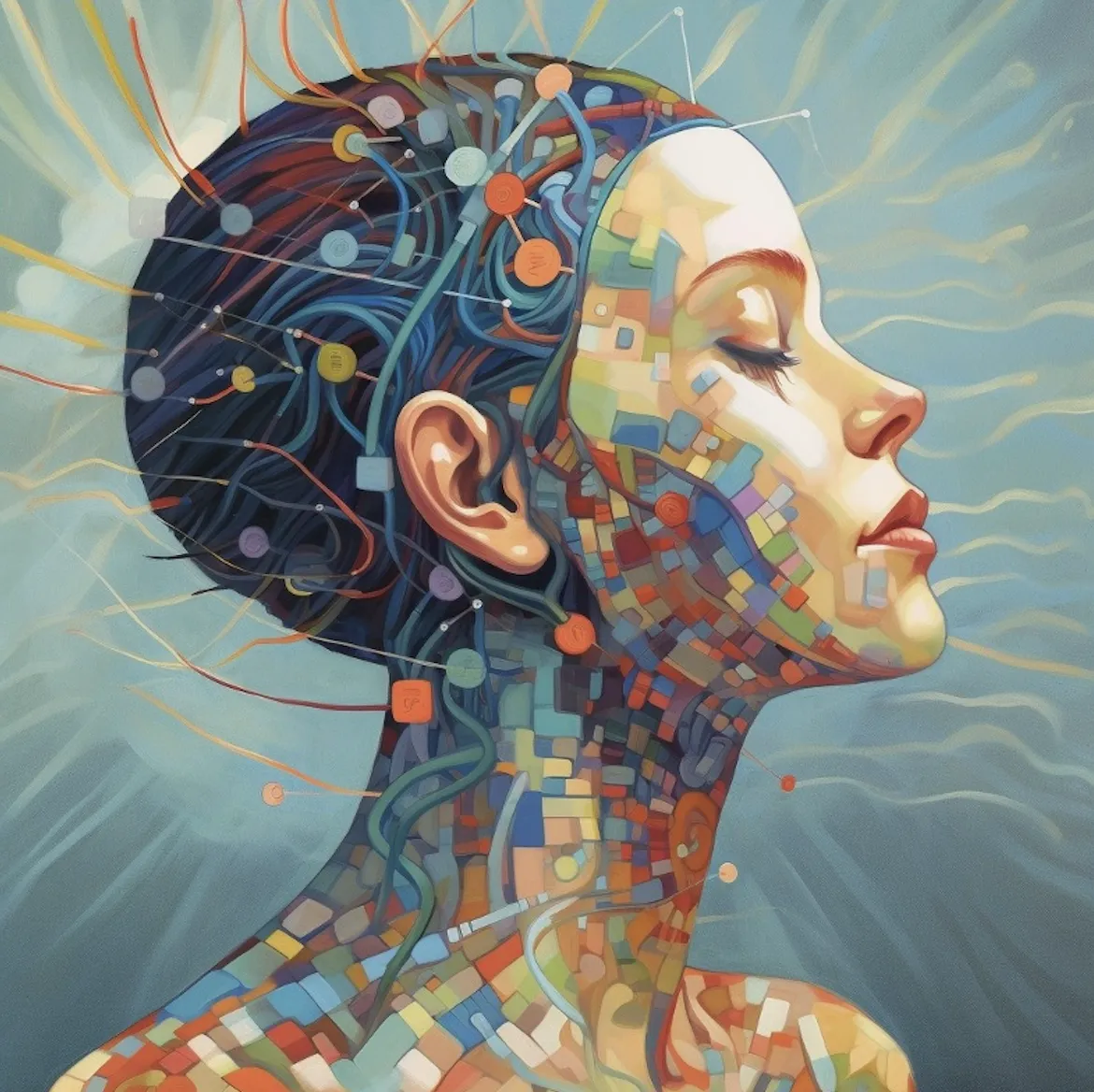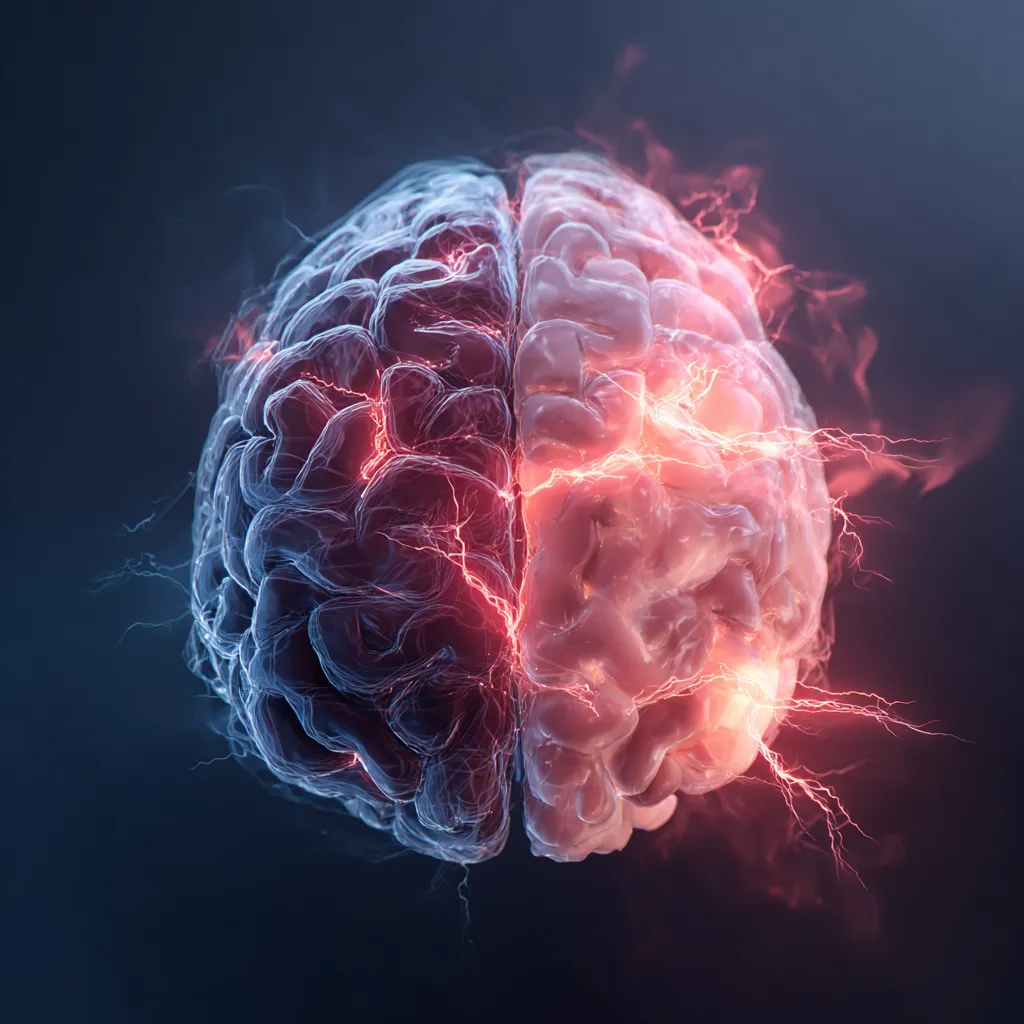Strength Through Connections
Integrated Behavior Health
for Effective Pain Managment
Break The Cycle Of Pain

Consultation
Our counseling approach has been designed to assist you with tapping into your full potential throughout your pain management experience. We will provide you with the added insight you need to set personal or professional goals, which will give you the life you really want.

Compliance
We understand that managing chronic pain can be difficult, and setbacks happen. Some challenges are beyond your control, but many can be improved with the right support. We're here to help you get back on track with your physician's treatment plan in a compassionate, nonjudgmental way—you're not alone in this journey!

Client Portal
We provide workshops aimed to foster a sense of community and provide valuable support for individuals grappling with chronic pain by creating a space for shared experiences and collaborative strategies.

Helping you take control of your chronic pain
Pain is an all-too-familiar problem and the most common reason that people see a physician. Unfortunately, alleviating pain isn't always straightforward.
At least 100 million adults in the United States suffer from chronic pain, according to the Institute of Medicine. The American Academy of Pain Medicine reports that chronic pain affects more Americans than diabetes, heart disease and cancer combined.
Understanding and managing the thoughts, emotions and behaviors that accompany your discomfort can help you cope more effectively with your pain — and can actually reduce the intensity of your pain.
Read Our Latest Blogs

Understanding the Brain's Role in Acute vs. Persistent Pain
Understanding the Brain's Role in Acute vs. Persistent Pain
Pain is a complex experience that involves various brain regions, and understanding the differences between acute and persistent pain can help us appreciate how chronic pain develops and affects individuals. Let's explore these differences and the brain mechanisms that underlie them.
The Brain's Pain Perception Real Estate
Both acute and persistent pain activates the same nine regions in the brain responsible for pain perception. However, when pain becomes persistent, more "real estate" in these regions is dedicated to processing pain. This expansion sets up pathways involving molecules, brain cells, circuits, and networks, making individuals more susceptible to developing persistent pain later in life, especially following other physical or emotional trauma.
The Brain's Networking System
Our brain networks are incredibly intricate, connecting through both physical synapses and rhythmic frequencies. Large networks influence each other via direct physical connections and mutual rhythmic linking of electrical activity. Lower frequency linking signifies network coherence and coordination, while higher frequency resonance indicates disruption.
The Default Mode Network (DMN) and Fronto-Insular Network (FIN)
The DMN and FIN are two crucial resting state networks in the brain.
Default Mode Network (DMN): This network consists of several brain regions and has an anterior part in the front and a posterior part in the back of the brain. The DMN is most active when we are relaxed, awake, and not task-oriented. It is responsible for introspection, creativity, and self-identity.
Fronto-Insular Network (FIN): The FIN is involved in salience, the ability to prioritize stimuli. It focuses the brain on what it deems most important at any given moment.
The Rhythmic Connection Between DMN and FIN
The DMN and FIN influence each other through slow, rhythmic electrical waves, functioning like the brain's wireless network. The optimal rhythm between these networks is 1 cycle every 10 seconds. However, when pain disrupts the FIN and the anterior DMN, this rhythm changes to 1 cycle every 4.5 seconds, knocking it out of sync with the posterior DMN.
Pain's Disruption of Brain Networks
When pain speeds up the electrical rhythm of the posterior DMN, it disrupts the entire DMN. This disruption makes pain the most salient signal, overtaking the person's sense of self. The rhythmic disruption becomes self-perpetuating, sustaining pain perception without any external stimulus from the body.
Conclusion
Understanding the brain's role in acute and persistent pain highlights the complexity of chronic pain. The expansion of the pain map and the disruption of rhythmic connections between brain networks play crucial roles in making chronic pain a persistent and challenging condition. This knowledge underscores the importance of comprehensive pain management strategies that address both physical and emotional aspects of pain.
Appreciating these mechanisms helps us better understand chronic pain's impact on individuals and work toward more effective treatments and interventions.
"Pain is not in your head, and the solution is not in your body."
-Dr. Howard Schubiner, MD

© 2024 Connected Care
